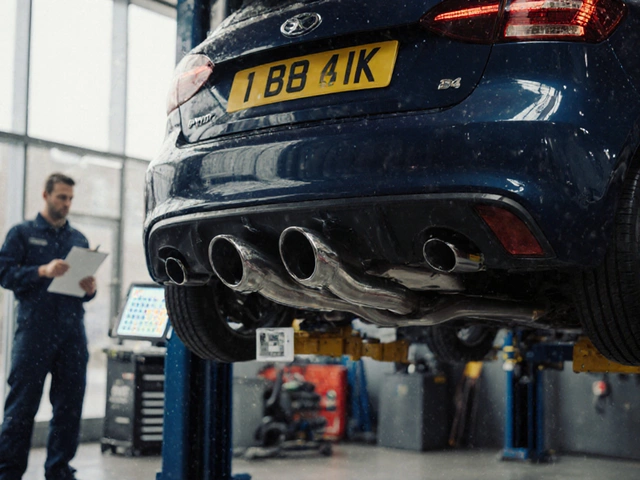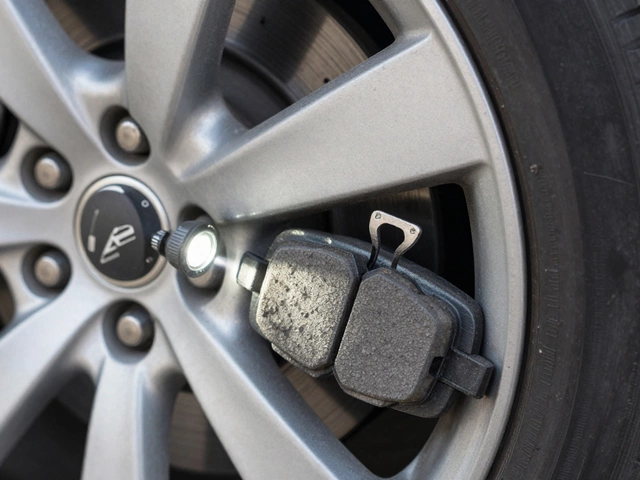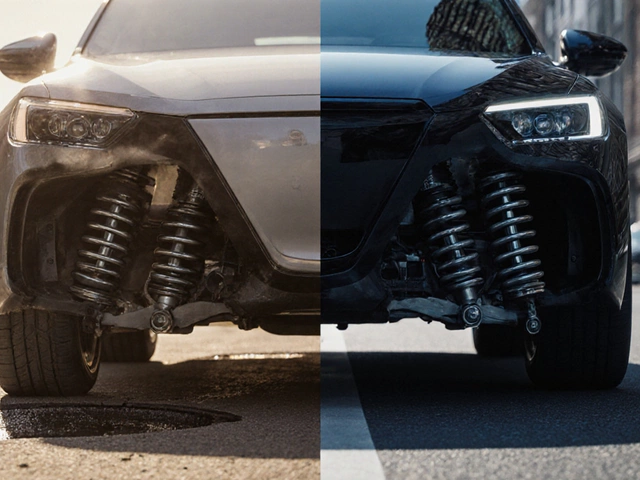Car Engine Misfire: What It Is and How to Tackle It
If your car’s engine sputters, jerks, or just feels rough, you’re probably dealing with a misfire. A misfire happens when one or more cylinders fail to fire at the right time, and it can make your ride feel like a bumpier version of itself. Ignoring it can hurt fuel economy, spark extra wear on parts, and even trigger costly repairs.
Common Symptoms that Say ‘Misfire’
First, know the clues. A misfire often shows up as a sudden loss of power, especially when you accelerate. You might hear a popping or ticking sound from the engine, notice a noticeable shake in the steering wheel, or see the check‑engine light flash on the dashboard. If the car stalls at idle or you smell a burnt fuel odor, those are also red flags.
These signs aren’t exclusive to misfires—brake issues or a bad clutch can feel similar—but they’re the most frequent signs mechanics point to when diagnosing a misfire.
Top Causes and Quick Checks
1. Faulty spark plugs or wires: Worn or dirty spark plugs can’t ignite the fuel‑air mix properly. Pull one out and look for carbon buildup or a cracked insulator. If they’re older than 30,000 miles, replace them.
2. Ignition coil problems: The coil sends voltage to the spark plug. A weak coil can cause a weak spark. A simple coil tester or swapping with a known good coil can confirm the issue.
3. Fuel delivery issues: A clogged fuel injector or a failing fuel pump can starve a cylinder of fuel. Listen for a soft humming from the pump, and use a fuel pressure gauge if you have one.
4. Air leaks: A cracked intake manifold gasket or a loose vacuum hose lets extra air in, messing up the fuel‑air ratio. Look for hissing noises and spray a little carb cleaner around suspect areas; a change in engine speed means you’ve found a leak.
5. Mechanical problems: Worn piston rings, a broken valve, or low compression can also cause misfires. These are harder to fix yourself and often need a professional’s touch.
Before you call a garage, try these quick steps: check and, if needed, replace spark plugs; inspect spark plug wires or coils; look for obvious vacuum leaks; and make sure the fuel cap is tight. If the check‑engine light is on, pulling the error code with an OBD‑II scanner can point directly to the cylinder that’s misfiring.
When the problem persists after DIY checks, it’s time to let a qualified mechanic run a compression test or dive into the fuel system. Remember, a misfire isn’t just annoying—it can overheat the catalytic converter and lead to emissions failures.
Keeping on top of regular maintenance—changing spark plugs on schedule, using quality fuel, and fixing small vacuum leaks right away—will keep most misfires at bay. If you notice any of the symptoms listed above, don’t wait. A quick diagnosis now can save you money and keep your car running smooth.
 20 July 2025
20 July 2025
What Are the Signs of a Clogged Fuel Injector? Expert Guide to Identifying Fuel Injector Issues
Discover the telltale signs of a clogged fuel injector, learn how it impacts your engine's performance, and get helpful tips to identify and fix fuel system issues.






0